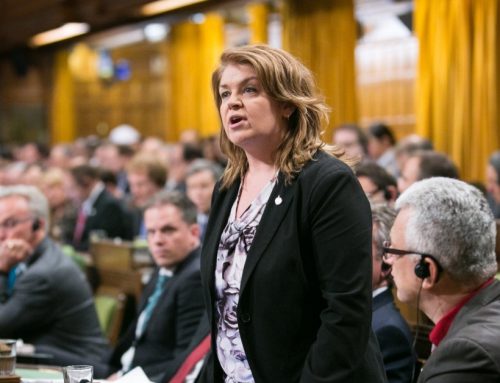Canadians are more connected than ever before. They rely daily on telecommunications services to work, study, shop and play. Access to affordable high-quality services is essential in their day-to-day life, which is why the Government of Canada has introduced aggressive measures to reduce the cost of wireless services. The commitment made in March 2020 to track and reduce the costs of mid-range wireless plans by 25% over two years is a central part of these efforts.
The Honourable François-Philippe Champagne, Minister of Innovation, Science and Industry, announced that the government has met its target three months ahead of schedule. Prices for all tracked mid-range plans have decreased by 25% compared to the benchmark prices collected in early 2020, according to the newly published data for the latest quarter of wireless pricing, which cover the period from October to December 2021.
The government’s policies to promote competition have contributed to better prices for consumers. Steps taken to enhance competition include, among others:
- setting out pro-competition rules for the 600 MHz band spectrum auction that led to regional providers more than doubling their share of low-band spectrum
- issuing a policy direction to the Canadian Radio-television and Telecommunications Commission (CRTC) that requires the Commission to consider how its decisions can promote competition, affordability, consumer interests and innovation
- reserving 50 MHz in the 3500 MHz spectrum auction for small and regional telecom companies
- regulating roaming rates through the CRTC to help small and regional telecom companies compete via access to incumbent networks in certain circumstances
Because it recognizes that wireless services are still too expensive, the government will build on this progress and continue to pursue policies to make wireless services more affordable, including through spectrum policies.
Quotes
“In 2022, it’s simply a matter of fairness that all Canadians be connected at a price they can afford. Our government has met its commitment to reduce the costs of cell phone plans by 25%, but we won’t stop there, because Canadians still pay too much for their Internet and cell phones. We’ll continue to push aggressively to generate innovation, improve coverage and reduce the costs of telecommunications services using every tool we have.”
– The Honourable François-Philippe Champagne, Minister of Innovation, Science and Industry
- Quick facts
The benchmark is based on prices advertised on company websites in early 2020 for three wireless plans offering 2 GB, 4 GB and 6 GB of data respectively (all of which are postpaid, bring your own device [BYOD], unlimited talk and text 4G/LTE plans). - These benchmark plans continue to reflect Canadians’ average data usage. In 2020, the average Canadian used 3.8 GB of mobile wireless data per month.
- The two-year period to reduce wireless prices is due to end in March 2022, following the initial announcement made in March 2020 to track wireless prices.
- Wireless prices in general have declined across the board. The Statistics Canada cellular services price index showed a 26.9% decline from February 2020 to December 2021. The government has also observed decreases generally in the range of 22 to 26% for plans 10 GB and larger, which builds on past reductions of 31% for 10 GB plans in 2019.
- The benchmark price tracking is part of a suite of federal initiatives to improve the quality, coverage and price of telecommunications services, which includes the Universal Broadband Fund, a $2.75 billion investment designed to help connect all Canadians to high-speed Internet.







Leave A Comment